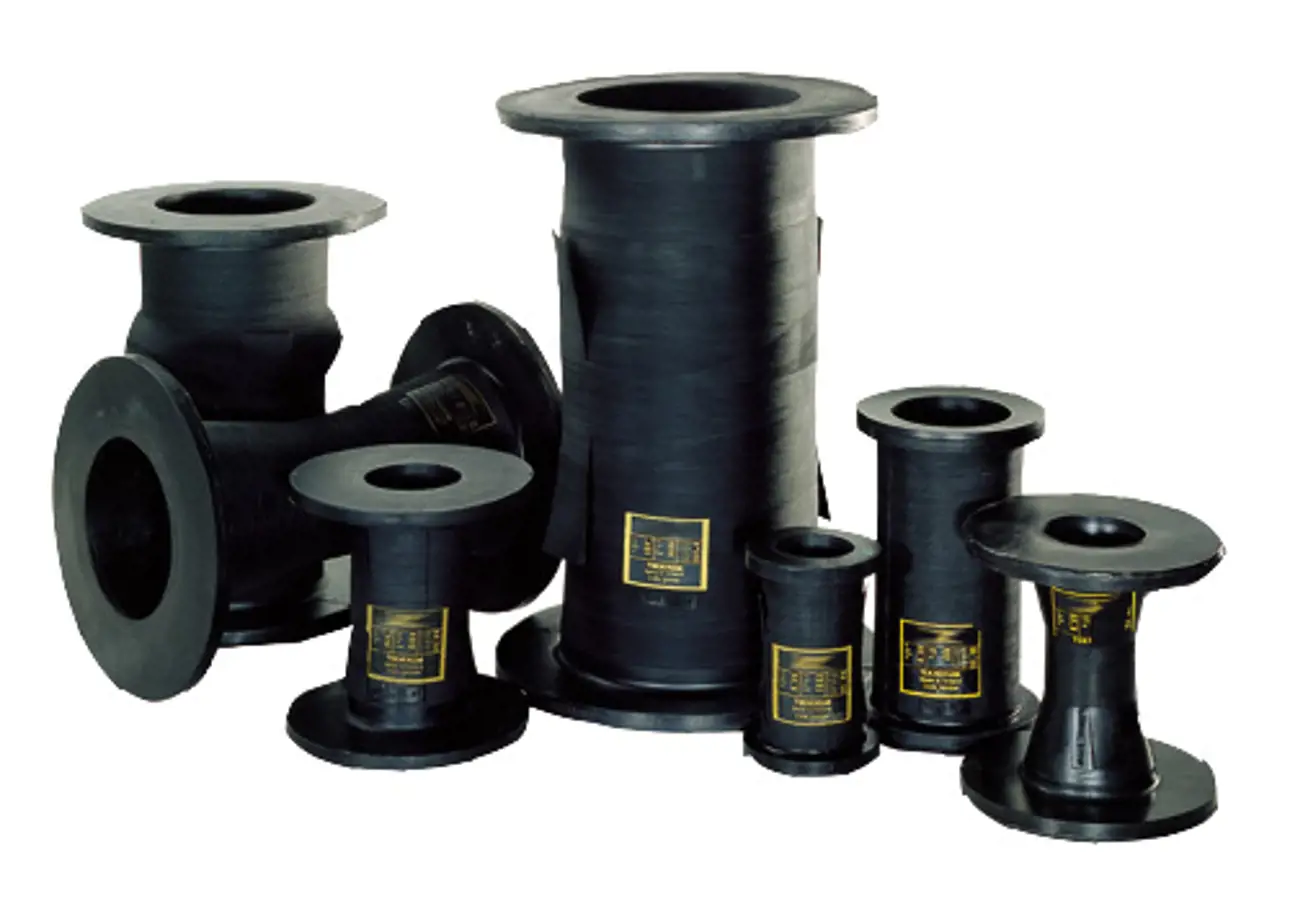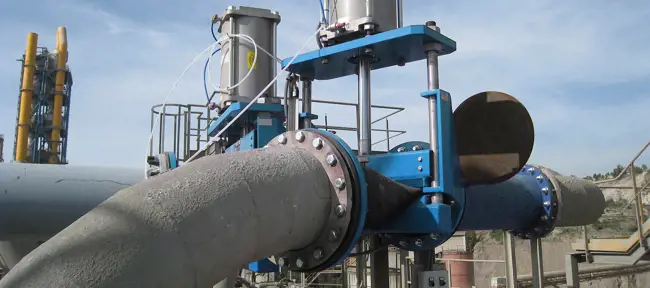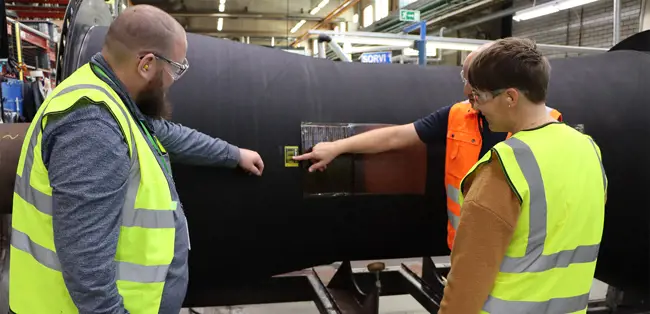There are various sleeve materials available, how do I select the best rubber material to my process application?
Pinch valves are commonly used in demanding shut off or control applications that involve abrasive or corrosive slurries, powders or granular substances. The elastic and abrasion resistant rubber sleeve is the core of the pinch valve and the only part to be in contact with the process medium. Since we have several sleeve material options available, we can choose the best fit for the customer’s process: we evaluate the best sleeve material for the application on a case by case basis.
The most used sleeve material is SBRT, which is temperature and abrasion resistant styrene butadiene rubber for heavy wearing and high cycle applications.
These are the factors affecting the sleeve selection:
- Chemical composition and other properties of the medium
- Chemical compatibility between the sleeve material and the medium to be checked
- Process temperature
- Working pressure and/or presence of a vacuum
- Cycle frequency
- Other requirements, such as the electric conductivity of the sleeve material (ATEX areas), FDA acceptance for food applications etc.
Sleeve structure and sleeve lifetime
The standard sleeve design consists of three sets of layers – the inner layer, the reinforcement layer and the outer layer – and the opening tags to ensure stable operation in all conditions. The inner layer, which is the only part in contact with the medium, is resistant to wear and chemicals. The reinforcement layer gives the sleeve its pressure retaining capability. The operating pressure of the sleeve determines the reinforcement fabric to be used in this layer. The outer layer protects the sleeve from the external process environment.
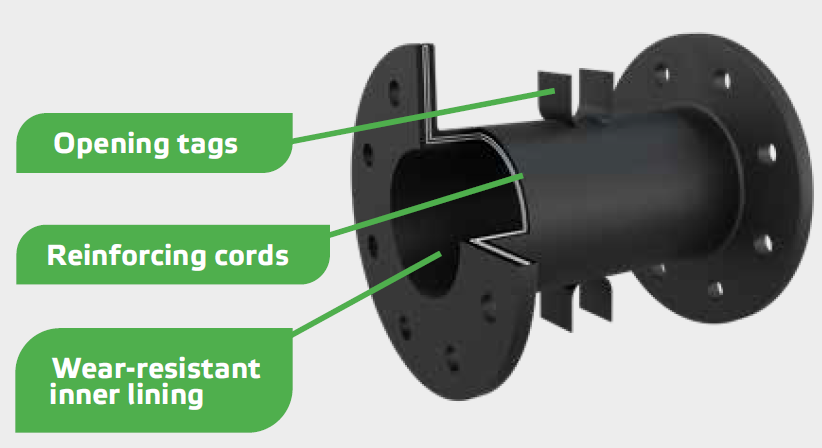
There are many factors affecting the sleeve lifetime: the rubber material of the sleeve, the chemical composition and other properties of the slurry, process conditions such as the temperature, pressure, valve size, cycle frequency etc. The sleeve lifetime is customer process specific, but the sleeve lifetime usually ranges from months to even several years. Our most used sleeve material is SBRT, which is temperature and abrasion resistant styrene butadiene rubber for heavy wearing and high cycle applications.
Special sleeve designs
- Suction sleeve
- Specially designed for vacuum pressure applications such as suction lines and for applications where the sleeve pulsation occurs. In suction sleeves, the suitable pressure difference between the environment and pipeline is dependent on the size. Thus, in the case of vacuum pressure in the process, always contact our sales online or via email sales.flowrox@valmet.com
- Conical sleeve
- Conical sleeves ensure the most accurate control in flow control applications.
- SensoMate sleeve
- The SensoMate sleeve detects and signals critical wear.
- Polyurethane (PU) lined SBRT sleeve
- The sleeve has a polyurethane inner lining to ensure improved protection against wear, designed especially for highly abrasive flow control applications.
- Maximum operating temperature +80°C
- Note the flow direction (not bi-directional like other sleeves)
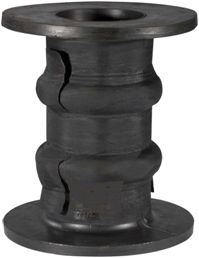 |
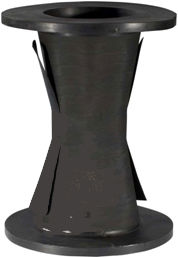 |
|
Vacuum sleeves are designed especially for vacuum pressure applications. |
Conical sleeves ensure accurate control and the longest service lifetime with the most demanding slurry applications. |
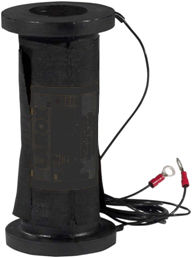 |
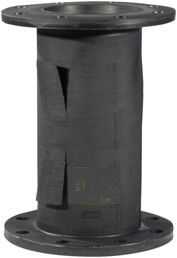 |
|
The SensoMate sleeve detects and signals wear in critical valve locations. |
Sleeve with polyurethane lining ensures improved protection against wear in abrasive flow control applications. |
Sleeve material:
- SBRT = Styrene butadiene
- EPDM = Ethylene propylene
- NR = Natural rubber
- NBR = Nitrile
- CSM = Hypalon
- EPDMB = Green liqour sleeve
- CR = Chloroprene
- IIR = Butyl
- NRF = Foodstuff natural rubber
- NBRF = Foodstuff nitrile
- HNBR = Hydrogenated nitrile
- FPM = Fluorine rubber
Additional features:* /M = Flowrox SensoMate sleeve /PU = PU-coating inside the sleeve /VAC = Vacuum sleeve * Some restrictions apply.
Do you have a question about valves or flow control? Send it to us at flowcontrol@valmet.com! Our valve experts will answer your questions by each specific topic.
